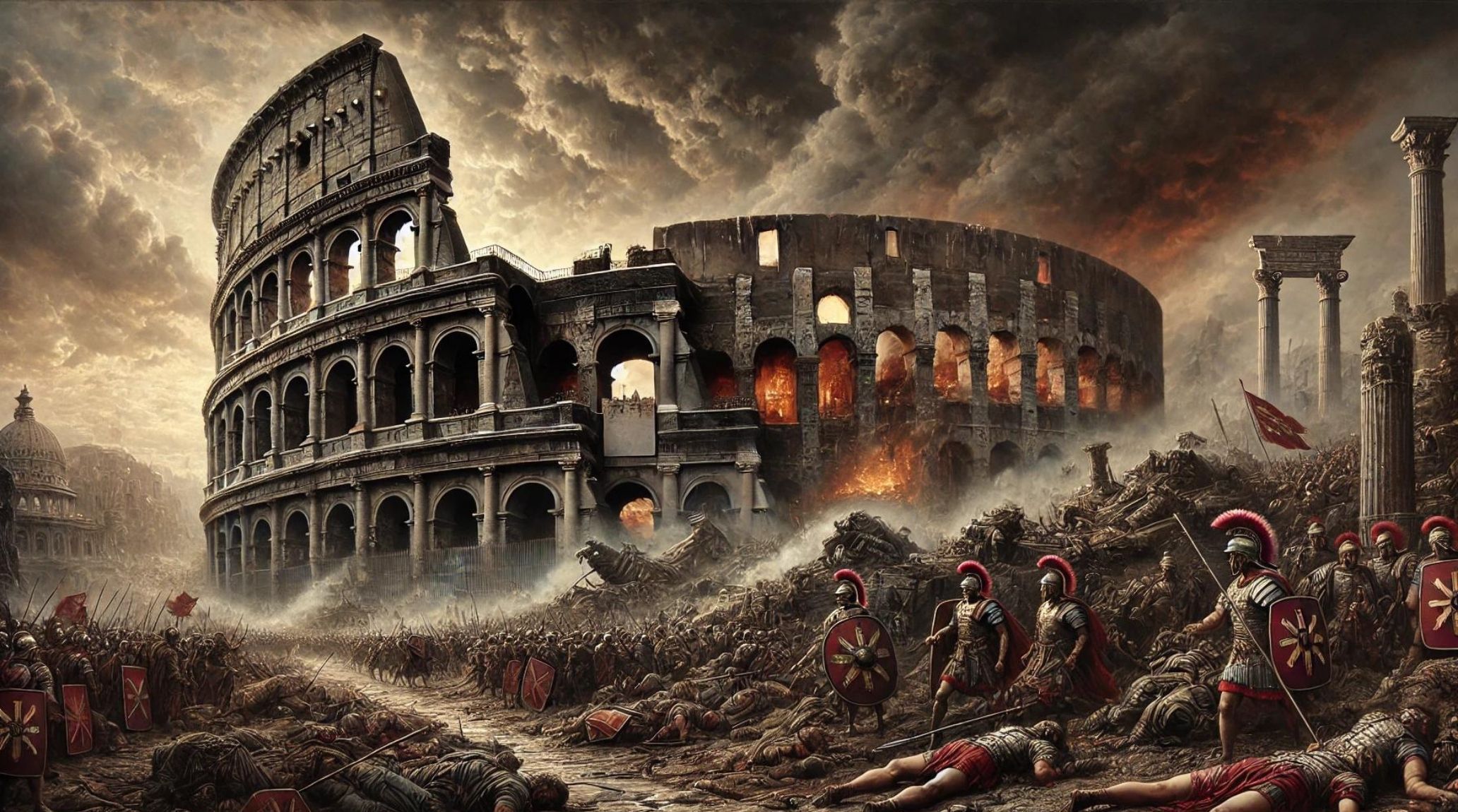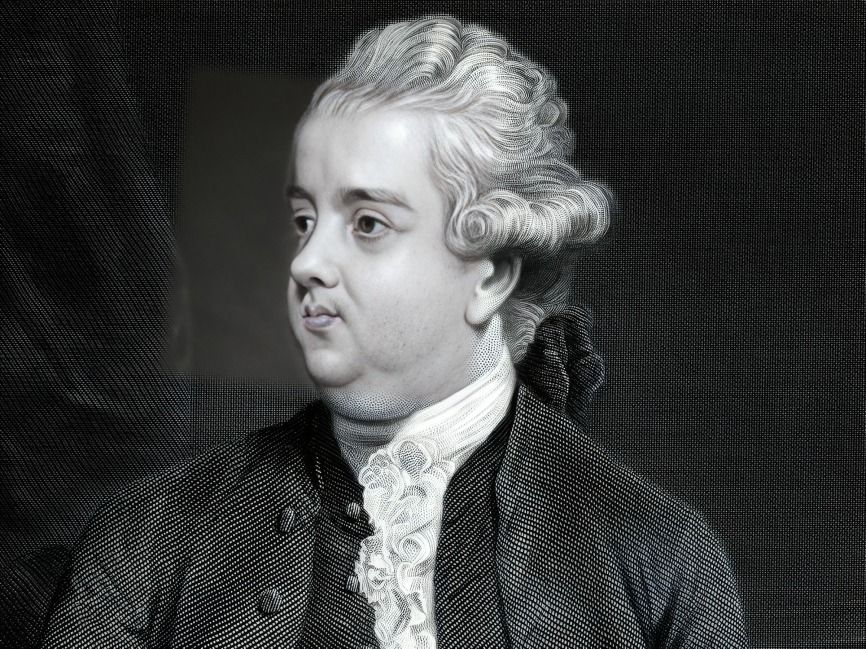
“
The decline and fall of the Roman Empire is one of history’s most compelling narratives, marked by a series of complex events and transformations. This article explores 20 crucial facts about the decline and fall of the Roman Empire, offering a detailed look at the factors and events that contributed to its downfall.1
1
”
The city of Rome, long believed to be unconquerable, was invaded by the Germanic Visigoths in 410 AD. They looted treasures, killed and enslaved many Romans, and destroyed numerous buildings. This marked the first sack of Rome in 800 years. 1
The first volume of "The Decline and Fall of the Roman Empire" was published in 1776, the same year as the American Declaration of Independence. The subsequent volumes appeared in 1781, 1788, and 1789, culminating in a ground breaking historical narrative.2
The integrity of Roman politics deteriorated over time, with increasing corruption among politicians and rulers. This corruption eroded effective governance and undermined public trust, contributing to the empire's decline. 3

Gibbon's work is considered one of the first major attempts to write a coherent, critical history of Rome. His approach to analyzing the causes of the empire's decline has influenced countless historians and writers.
Persistent infighting and civil wars plagued the empire, creating instability and weakening central authority. These internal conflicts diverted resources and attention away from critical defense and administrative functions. 4
Gibbon famously argued that Christianity played a role in the empire's decline by weakening the Roman civic and martial virtues. This controversial thesis sparked debates about religion and its impact on society. 5
The Roman Empire faced relentless attacks from barbarian tribes like the Visigoths, Huns, Franks, and Vandals. These invasions exerted immense pressure on the empire's borders and led to significant territorial losses.6
The Roman army, once a formidable force, struggled to maintain its dominance as it became increasingly ineffective. Poor leadership, reduced discipline, and reliance on mercenaries weakened military prowess. 7
The empire's vast size made it increasingly difficult to govern effectively. Administrative inefficiencies and logistical challenges arose as the empire expanded beyond manageable limits, complicating control and cohesion. 8
In 285 AD, Emperor Diocletian recognized that the Roman Empire had grown too vast to be effectively managed as a single entity. To address this challenge, he divided the empire into two distinct regions, the Eastern and the Western Roman Empire. 9
The term "fall" of Rome typically refers to the decline of the Western Roman Empire, with Rome as its capital. In contrast, the Eastern Roman Empire, which later became known as the Byzantine Empire, continued to thrive. 10

In 476 AD, the Germanic barbarian Odoacer seized control of Rome, becoming king of Italy. He deposed the last Roman emperor, Romulus Augustulus, and forced him to abdicate. This event is widely regarded by historians as the end of the Roman Empire.
The fall of Rome led to significant changes across Europe, as the strong government, education, and culture Rome had provided disappeared. Much of Europe fell into a state of barbarism. 11
The Eastern Roman Empire, also known as Byzantium, fell to the Ottoman Empire in 1453, marking the end of a thousand-year era. This collapse came after centuries of resilience and influence, but it was ultimately overtaken by new powers. 12
During the later years of the Roman Empire, many impoverished citizens were relieved by its decline. They had suffered under heavy taxation and dire poverty while the empire’s wealth was concentrated elsewhere. 13
In the waning days of the Roman Empire, the city of Rome itself was no longer the capital. For a period, the capital was moved to Mediolanum, known today as Milan. Eventually, the seat of power was shifted to Ravenna. 14
Rome experienced a significant sack in 455 AD by Geiseric, the King of the Vandals, an Eastern Germanic tribe. This invasion further weakened the city's status and contributed to its decline. 15
Interestingly, the term "vandalism" originates from the Vandals' name, symbolizing the destruction they wrought. Their pillaging of Rome left a lasting legacy that influenced language and historical interpretation. 16
At its height, the Roman Empire stretched from the Atlantic Ocean to the Euphrates River, showcasing its immense grandeur. However, this vast territory created severe administrative and logistical challenges. 17
The decline of Rome coincided with the spread of Christianity, with some suggesting that the rise of the new faith contributed to the empire's fall. The Edict of Milan in 313 legalized Christianity, and it was later established as the state religion in 380. 18


